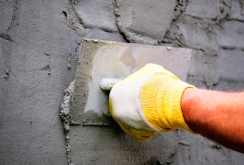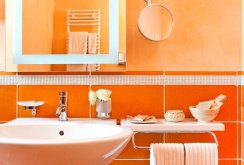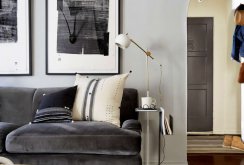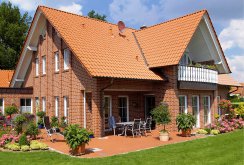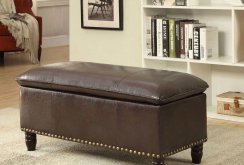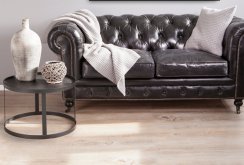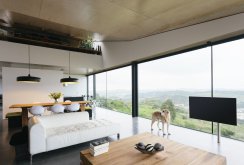Mirror in the interior: features of forms and combinations
The mirror can visually push the boundaries of the room, create unusual lighting effects, and the numerous options for the shapes of mirrors, materials and techniques for making mirror frames allow you to use this interior item in interior decoration in both classic and ultramodern styles and directions. Modern designers have successfully used mirrored surfaces to decorate ceilings, furniture, create unusual compositions and exclusive decorative elements.A variety of mirror shapes
The mirror has a huge decorative function, and therefore the choice of its shape and design should be taken seriously. Modern manufacturers can offer a huge number of mirror options that differ in shape:- rectangular and square mirrors, which are traditionally decoration of classic interiors;
- round and oval shaped products will be appropriate in the design of the premises in any style from classic to ethno, it all depends on which frame to frame it in;
- mirrors with elegant drawings applied in various techniques will harmoniously complement the rooms decorated in a romantic style;
- mirrors made in the form of triangles, trapezoids, rhombuses will become a good addition to the design of rooms in modern styles, such as hi-tech or techno;
- facet mirrors, due to the unique manufacturing technology, can refract light in an unusual way and decorate both classic and modern interiors;
- colored or tinted mirrors, have unusual color shades and harmoniously fit into the art deco or minimalism styles;
- artificially aged (patinated) types of mirrors will become a harmonious design element for decorating such styles as country, Provence and eclecticism;
- mirrors in the form of flowers, butterflies, animal silhouettes are an ideal choice for decorating children's rooms.
- various types of wood, which are often decorated with exquisite carvings;
- traditional and modern types of metals;
- mosaic of glass, ceramics, shells, natural or artificial stones;
- forging metal, creating openwork frames;
- gypsum stucco molding;
- natural or artificial leather and even fur.
Where can I put a mirror?
The placement of mirrors on a variety of, sometimes unexpected, indoor surfaces will help to give an unusual look to the interior of the rooms of different styles and purposes. Having studied the overview of possible ways of arranging mirrors, you can understand that in addition to the standard option - to mount a mirror on the wall, there are a large number of ideas on how to change the proportions and atmosphere of any living space:- the mirror on the door of the room or cabinet visually pushes the boundaries of the room and creates a feeling of large space;
- installation of a mirror on the ceiling allows you to add height and create the effect of air space filling;
- the mirror wall in apartments of any purpose will not only visually increase the volume of the room, but will create an atmosphere of aristocracy and sophistication in the interior;
- the surfaces of furniture finished with mirrors introduce an element of gloss and glamor into the room;
- the mirror surface of the table will become an exquisite touch decorating the living room or dining room;
- several mirrors of interesting shape located on the same wall will create the effect of a wall panel;
- the headboard, decorated with mirror elements, will create magical lighting effects, reflecting the light of bedside lamps;
- mirrors of interesting floristic shapes or animal shapes will be appropriate as a positive decor for children's rooms.
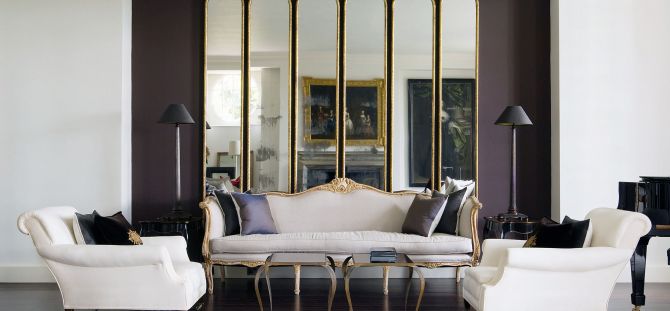
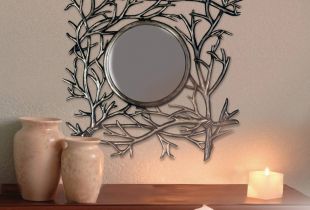 Frame for a mirror in the interior (54 photos): original decors
Frame for a mirror in the interior (54 photos): original decors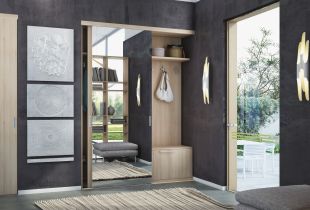 Mirrors in the interior of the hallway (61 photos): how to hang and arrange
Mirrors in the interior of the hallway (61 photos): how to hang and arrange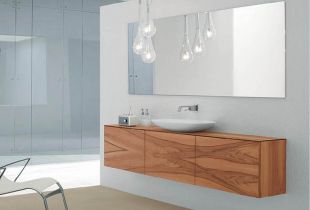 Mirrors in the bathroom: decorate and increase the space
Mirrors in the bathroom: decorate and increase the space